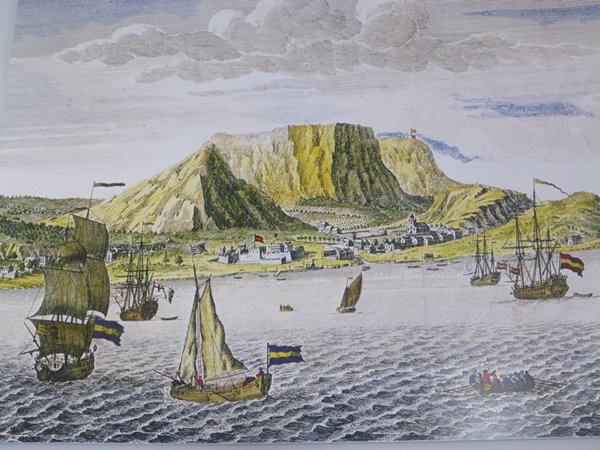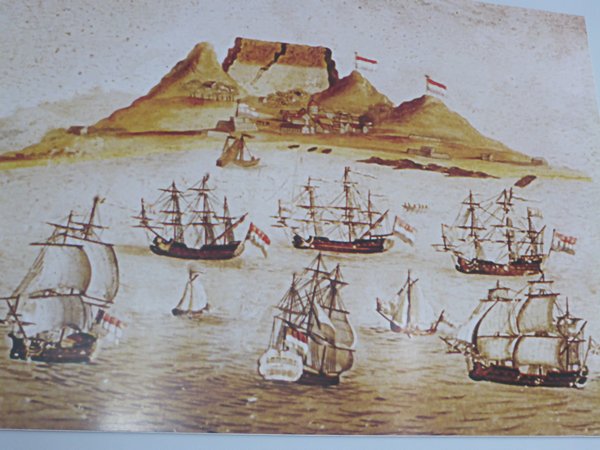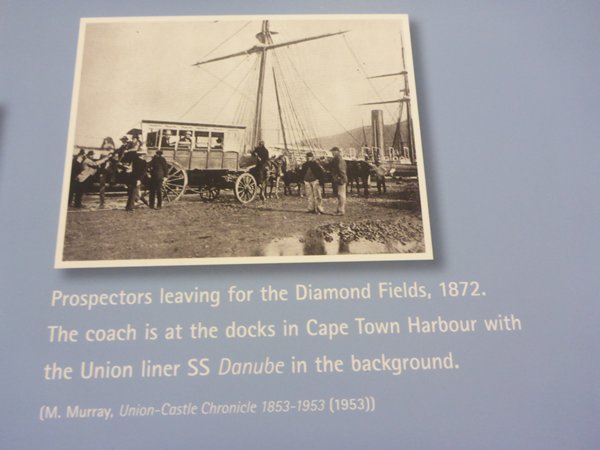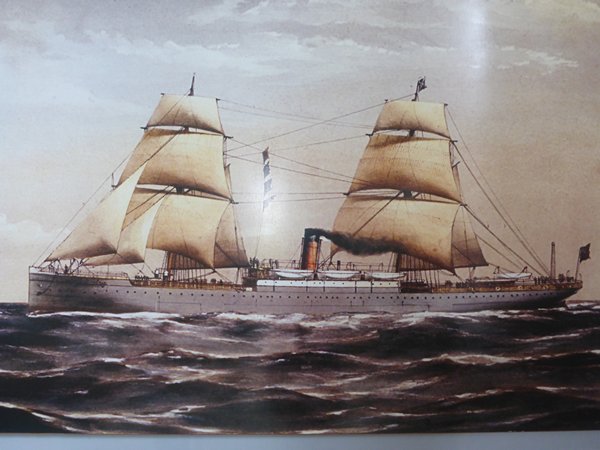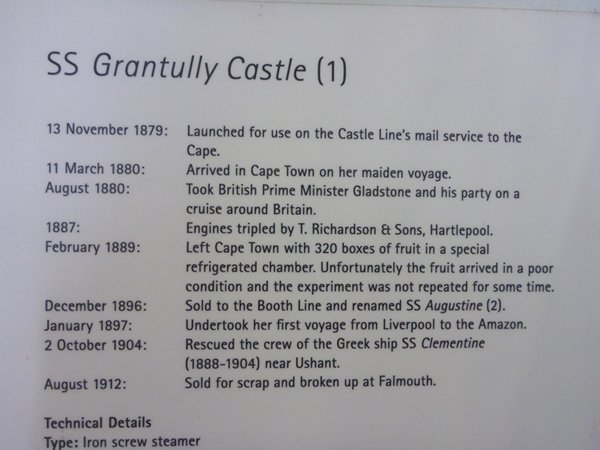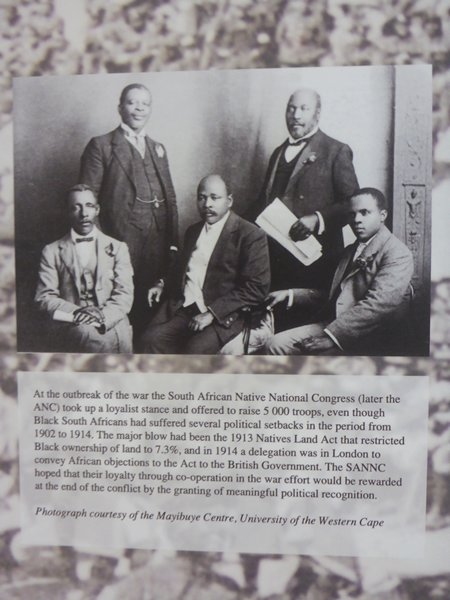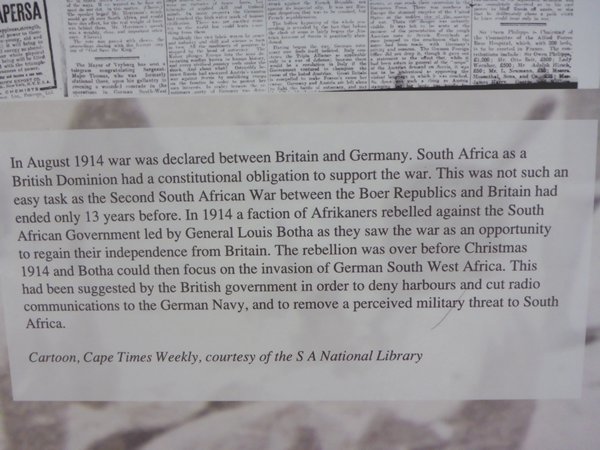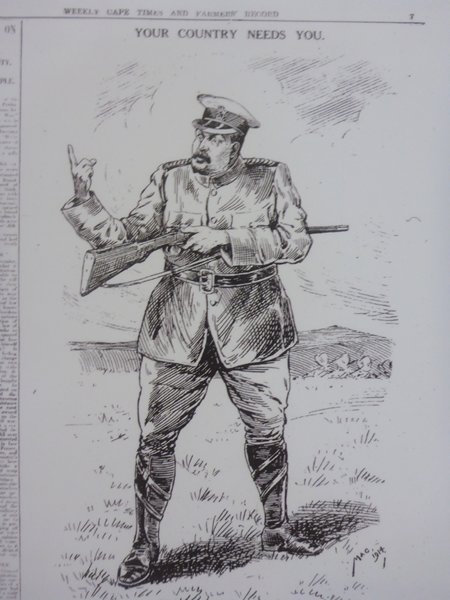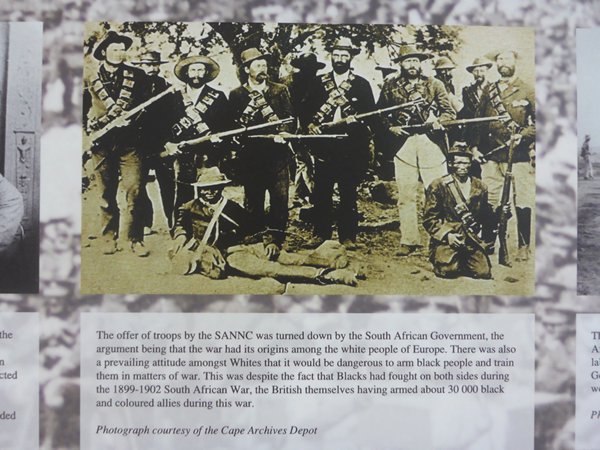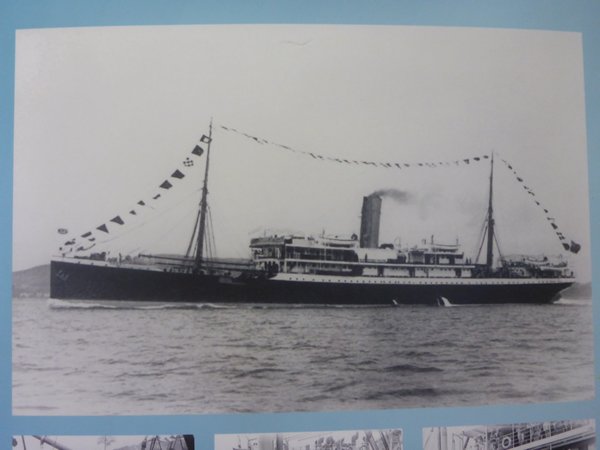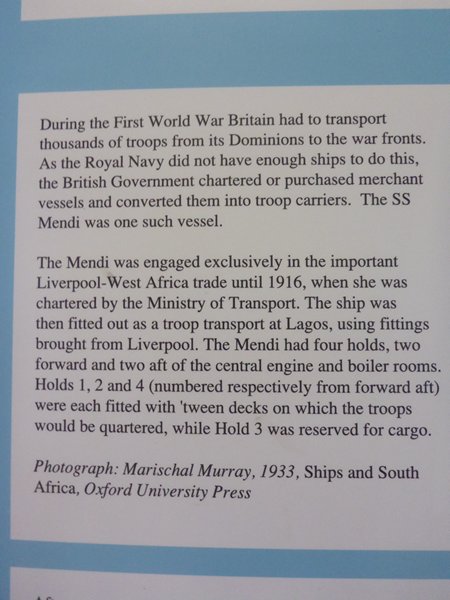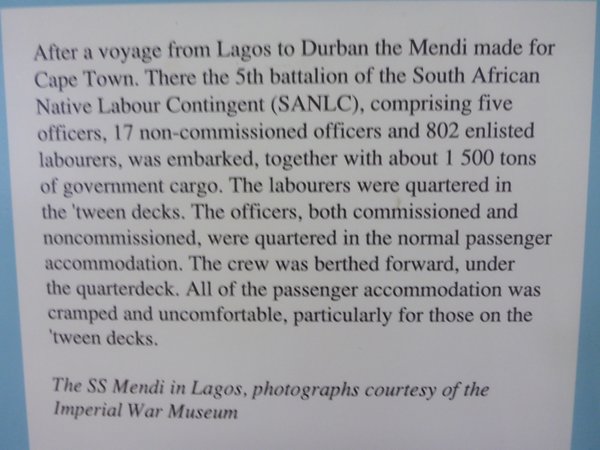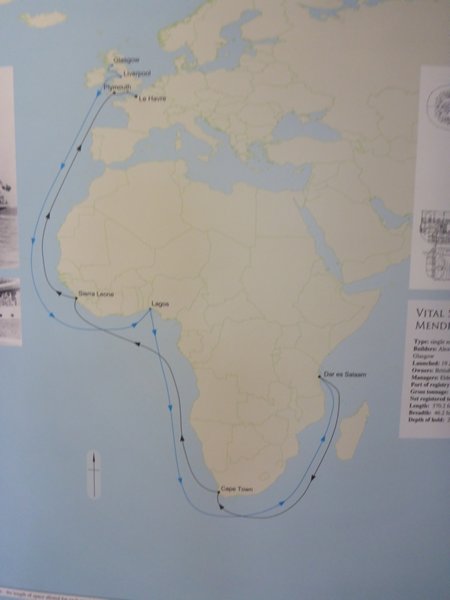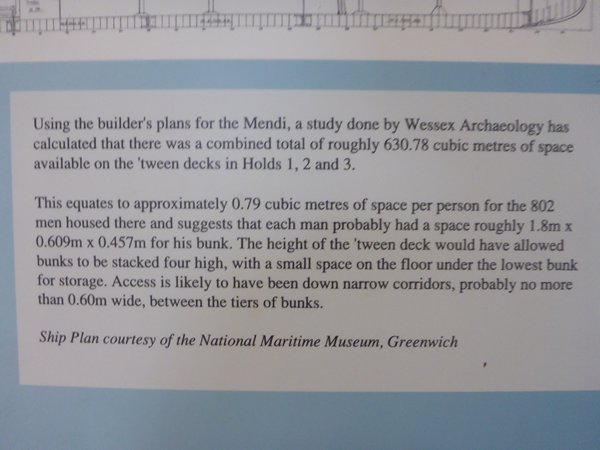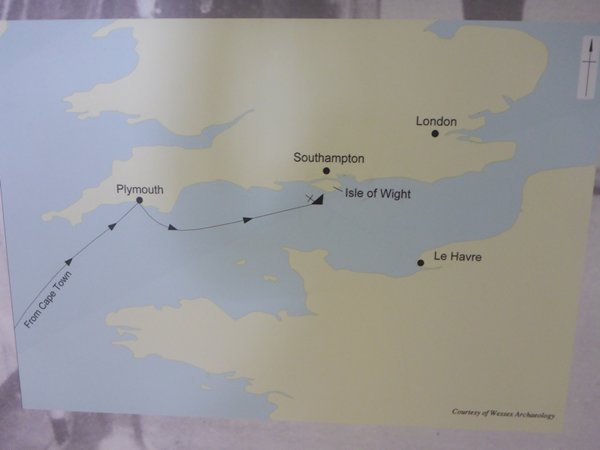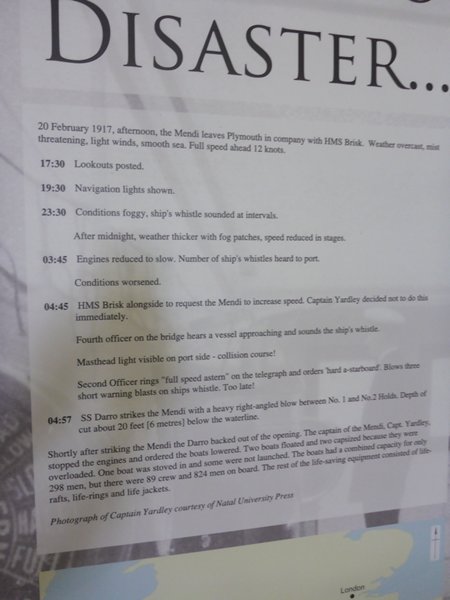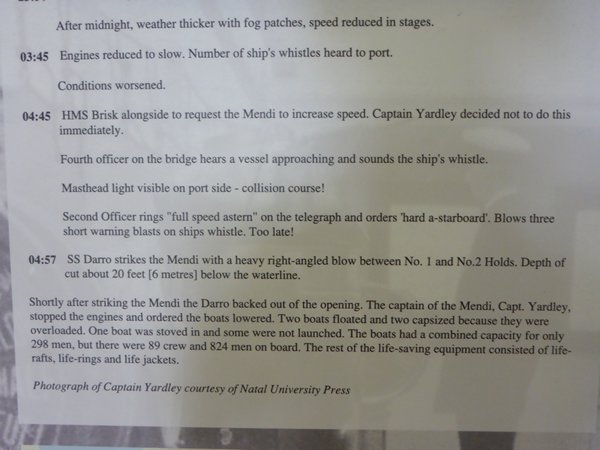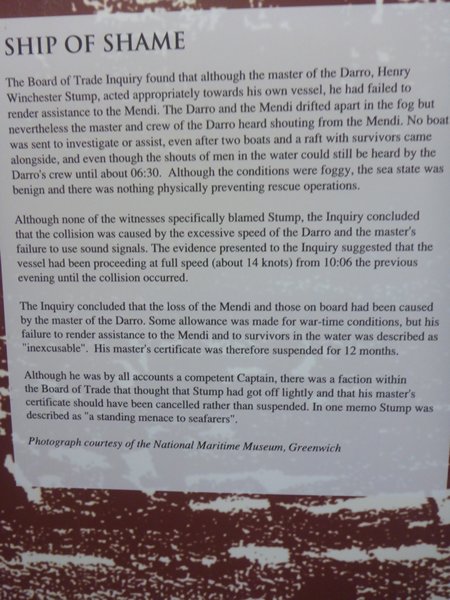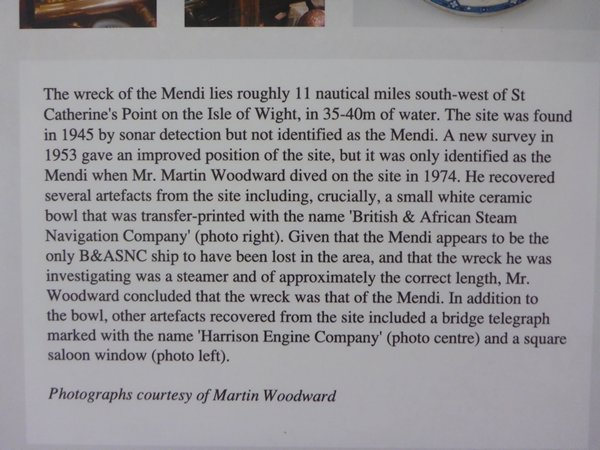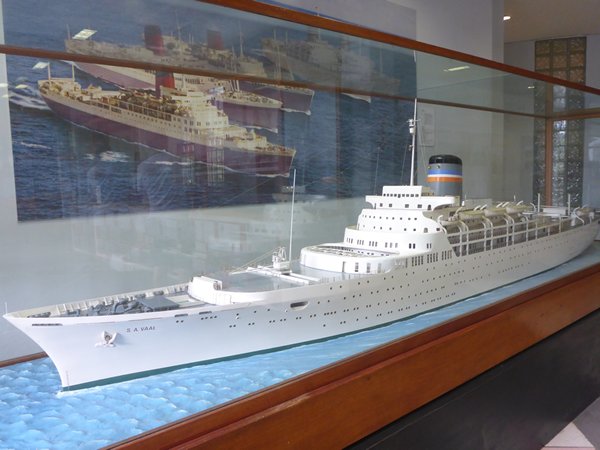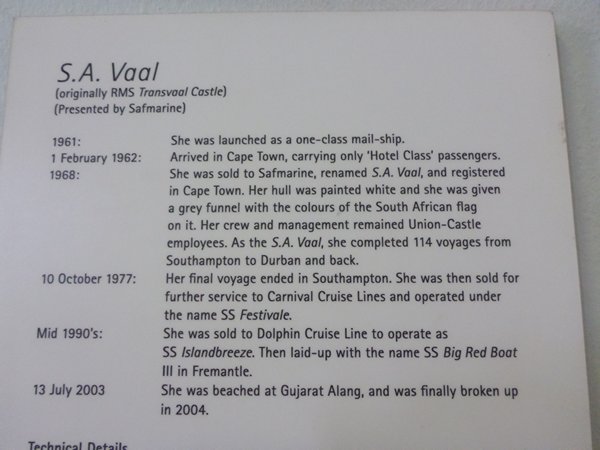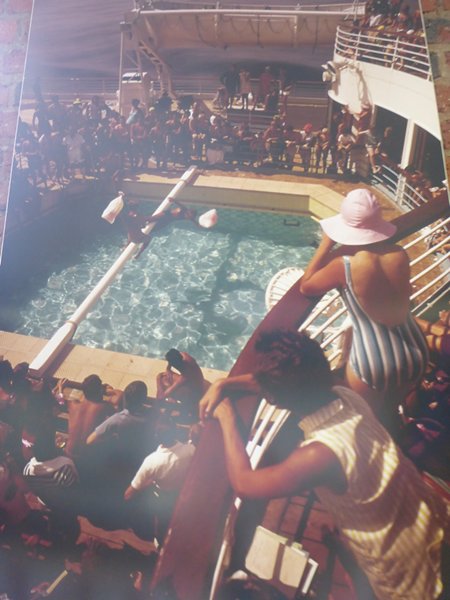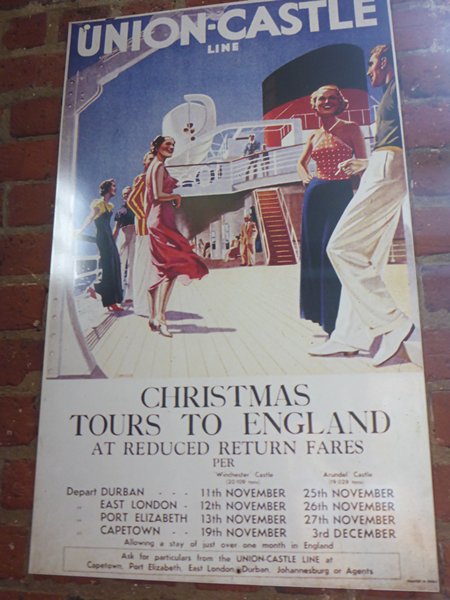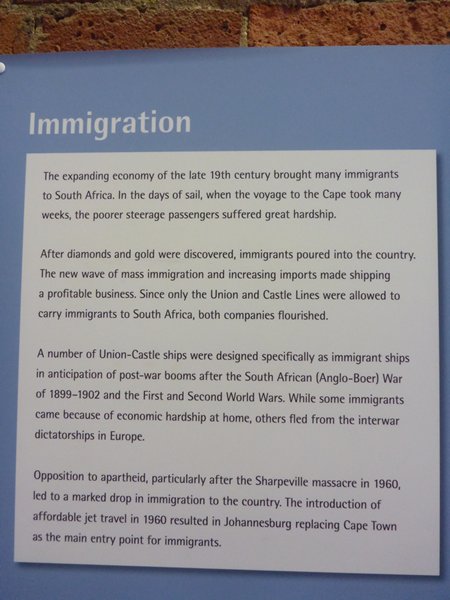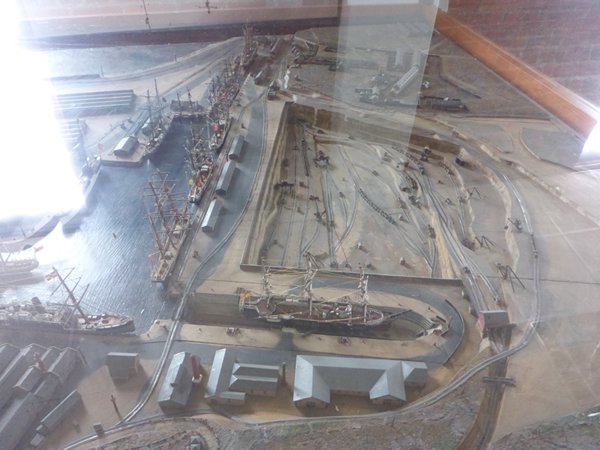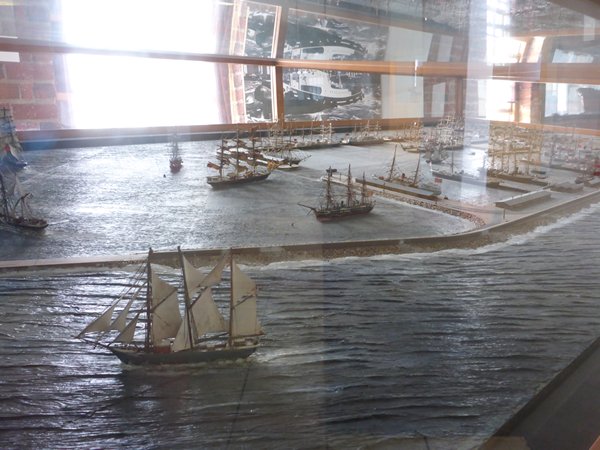2021 Potted History of Cape Town Ships

|
My Potted Maritime History of Cape Town My faithful Phillips Atlas gave me the clue as to the country of origin of the standards flying at the stern of the ships in the first photos. Before 1630 The Netherlands was a part of Spain, hence the Spanish flag on what were almost certainly Dutch ships. The second photo shows the Dutch ships flying their own ensigns after their independence in 1630. As soon as South Africa started opening up with immigrants, settlers and goldminers and after the wrecking of numerous ships in the vast bay exposed to NW Gales during the winter, the need for a harbour became paramount to development of the city and its hinterland. Dutchman Jan van Riebeek built the first harbour wall in 1654 and it was later extended and repaired using rock quarried from the area we are now moored in, as you can see on the model of the harbour and surrounds, and from which we will leave this coming Sunday 14th March after 37 days here in Cape Town. The new waterfront area of malls, hotels, bars and restaurants grew at the hand of man from the seabed where the square rigger model is sailing. The Robinson dry dock you see was built in 1870 and is still in use constantly today, 150 years later with the occasionally careful rescue of sunfish by the Aquarium staff that become stranded as the water is pumped out. Sunfish have a hazardous life around here because being jelly fish eaters they get rid of the poisonous toxins by floating near the surface so the sun can destroy the harmful bacteria and thus they get cut by passing propellors. Back to history. The industrious early times of white mans’ arrival also saw the transition of sail power to steamships constantly needing the labours of men to stoke the hungry boilers epitomised in the beautiful model of the SS Grantully Castle who benefited from both means of power. She had a busy Atlantic career between 1879 and 1912 and was finally sold for scrap and broken up at Falmouth, our final destination port on our long voyage home, now so imminent. There were many beautiful models in this gem of a museum right in the heart of the new Waterfront area next to the Ferris wheel. Just two years after the SS Grantully was recycled on English soil the First World War began and with a shortage of troops the offer by the SANNC (now the ANC government) to join the war effort with the hope it would advance their cause, was at first turned down by the South African Government because of the perceived risk of arming black people. By 1916 the British Government was looking for manpower due to the heavy loss on the frontline, so their offer was finally accepted, most of the men being assigned to the tasks of quarrying, roadmaking and forestry to get around the issue of arming them, even though 30,000 had been armed by the British when they supported both sides in the South African War from 1899 to 1902. As I have mentioned before, the process of segregation according to race was well underway by now and it was implemented on the SS Mendi where 802 indigenous soldiers were housed in the tween decks forward holds 1,2 and 3 each surviving in an area 1.8m x 0.6m x 0.45m; little better than on the slave ships to the Caribbean. On the 20th February 1917 she was on the final stage of her long journey from Africa to Le Havre in fog when she was rammed at around 14 knots of speed, by the much bigger SS Darro, in her number 1 and 2 holds, right where the African volunteers were barracked. That accounted for why so few turned up at the muster stations. To those who did the Rev Isaac Dyobha was recorded as saying, “We die like brothers, be quiet, be calm. You are going to die, but that is what you came to do.” So they were calm and quiet and research since the disaster has concluded that he did indeed say those words. Captain Henry Winchester Stump of the SS Darro stumped many both in society in general and in the following enquiry because he failed to render assistance to either survivors in the cold English Channel water or the stricken Mendi herself. His Master’s certificate was suspended for twelve months; an inexplicably light punishment considering he caused the tragic loss of 625 lives. SS Mendi sank 11 miles south west of St Catherine’s Point, the southern tip of the Isle of Wight, my old home, and her wreck is now a protected War Grave site. In 2003 The Order of Mendi was created in South Africa to recognise acts of selfless bravery anywhere in the world. Those men are not forgotten. In the booming post South African War, First World War and Second World War years immigration and travel for leisure saw the passenger liner business thrive between South Africa and London and elsewhere but the advent of passenger planes reducing journey times dramatically from the 1960’s ended the elegant passenger liner age. Now, of course both means of travel work together in the form of cruise liners visiting distant and local places and the tourism they create relies on tours and safaris bringing in valuable income to the economy of South Africa and its mother continent. The maritime history goes on; at least it will after Covid.
|
